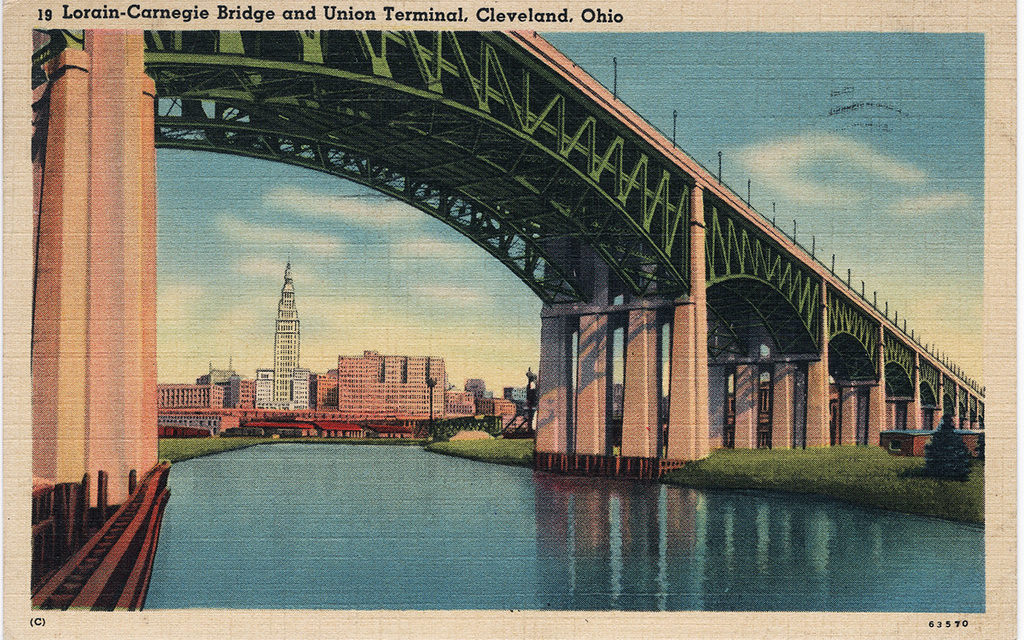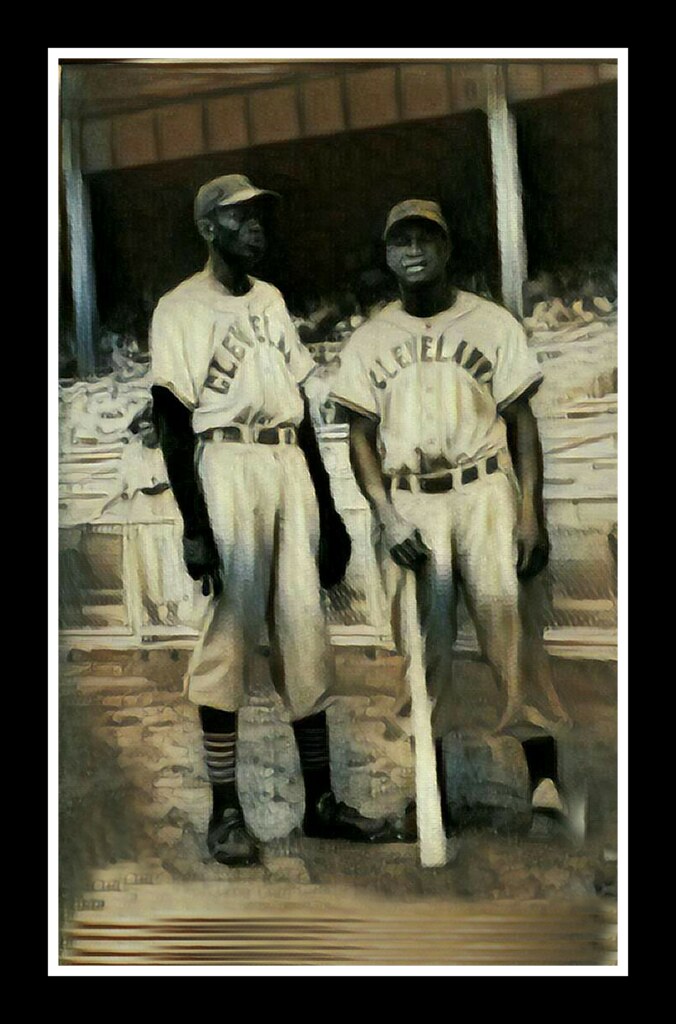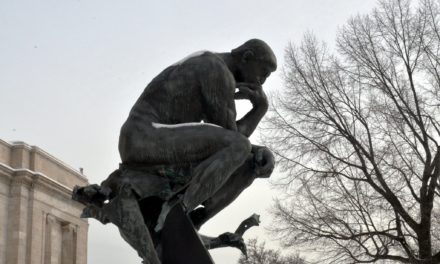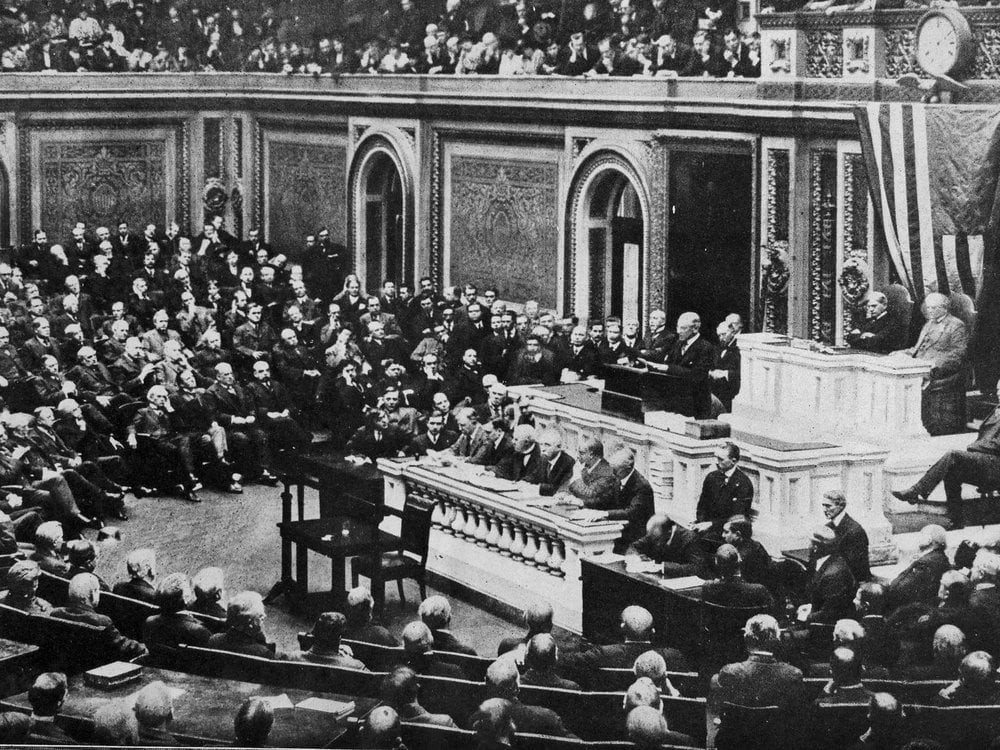Cleveland History
July 22, 1796: Cleveland was founded by General Moses Cleaveland and a surveying party from the Connecticut Land Company when they landed at the mouth of the Cuyahoga River. This event marked the beginning of the city named in his honor, although the first “a” was later dropped to fit a newspaper masthead.
July 23, 1968: The Glenville Shootout occurred, leading to a deadly confrontation between police and a Black nationalist group. This incident sparked several days of rioting and was a pivotal moment in Cleveland’s civil rights history.
July 24, 1930: Construction began on Cleveland’s Hope Memorial Bridge (originally called the Lorain-Carnegie Bridge). This bridge is notable for its large art deco pylons and its importance in connecting Cleveland’s east and west sides.
July 25, 1954: The Cleveland Indians set a Major League Baseball record for the largest attendance in a single game, with 78,382 spectators at Cleveland Municipal Stadium for a game against the New York Yankees.
July 28, 2001: The Cleveland Museum of Art began a major renovation and expansion project aimed at transforming the museum’s facilities and significantly increasing its exhibition space.
World History
July 22, 1298: The Battle of Falkirk took place, where King Edward I of England defeated William Wallace’s Scottish rebels, significantly impacting the Wars of Scottish Independence.
July 23, 1885: Ulysses S. Grant, the 18th President of the United States and prominent Civil War general, died of throat cancer at the age of 63 in Wilton, New York.
July 24, 1911: Machu Picchu, the ancient Incan city in Peru, was rediscovered by American historian Hiram Bingham. This archaeological find gave significant insights into the Inca civilization and remains a major tourist attraction.
July 25, 1978: Louise Brown, the world’s first baby to be conceived via in vitro fertilization (IVF), was born in Oldham, England, marking a major milestone in reproductive technology.
July 28, 1914: Austria-Hungary declared war on Serbia, marking the beginning of World War I. This declaration set off a chain reaction of treaty obligations that led to the rapid expansion of the war across Europe.






